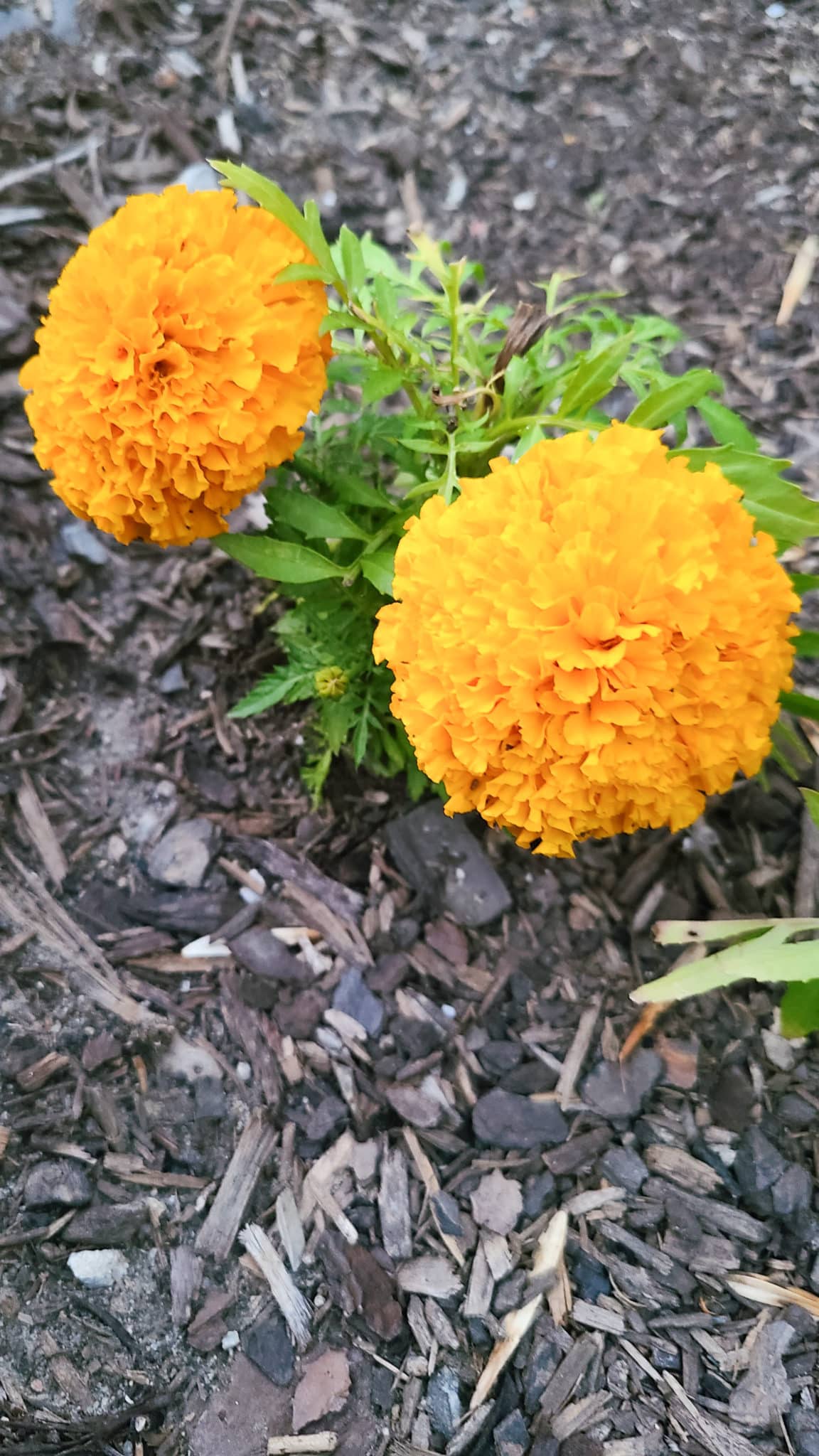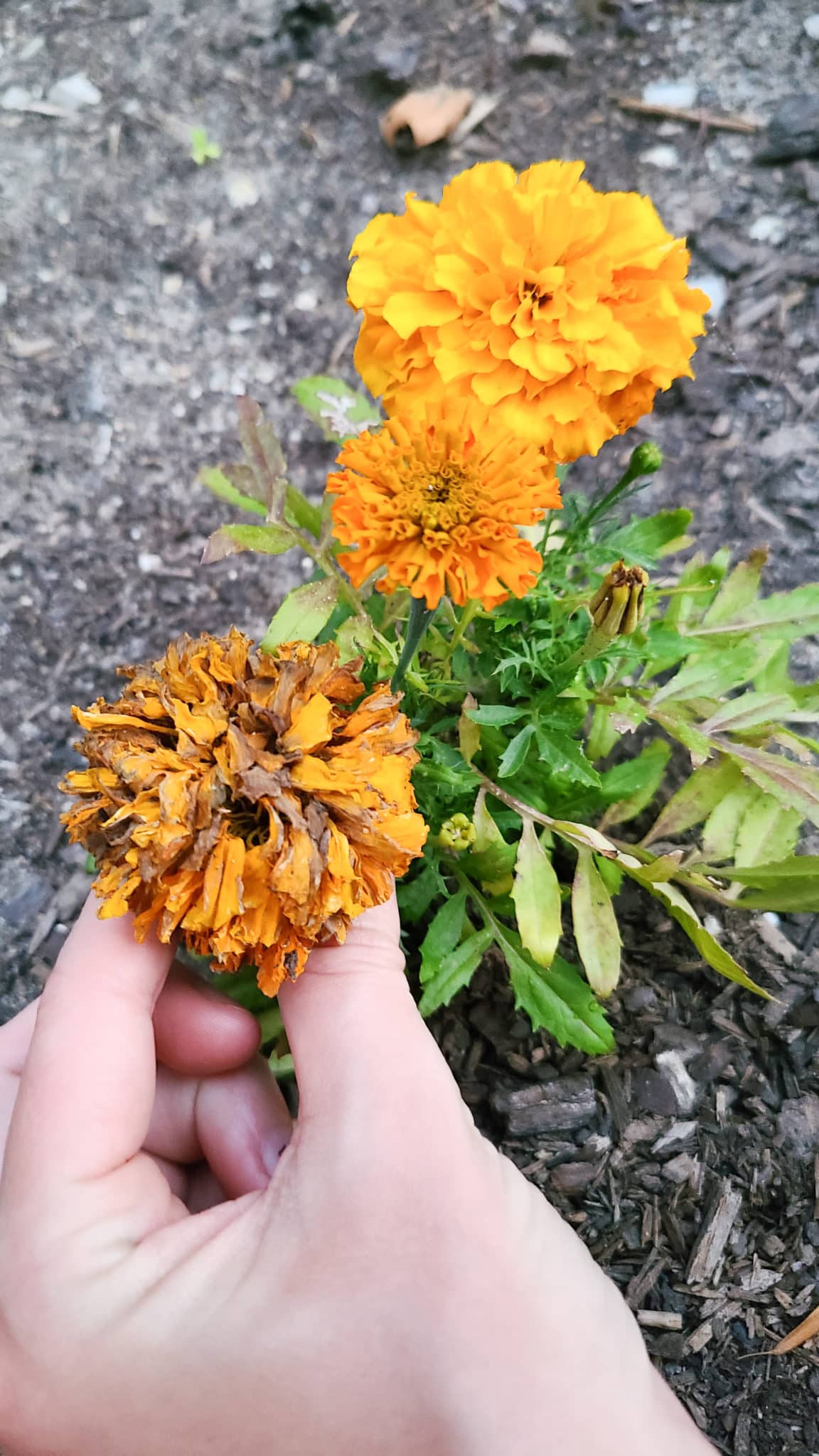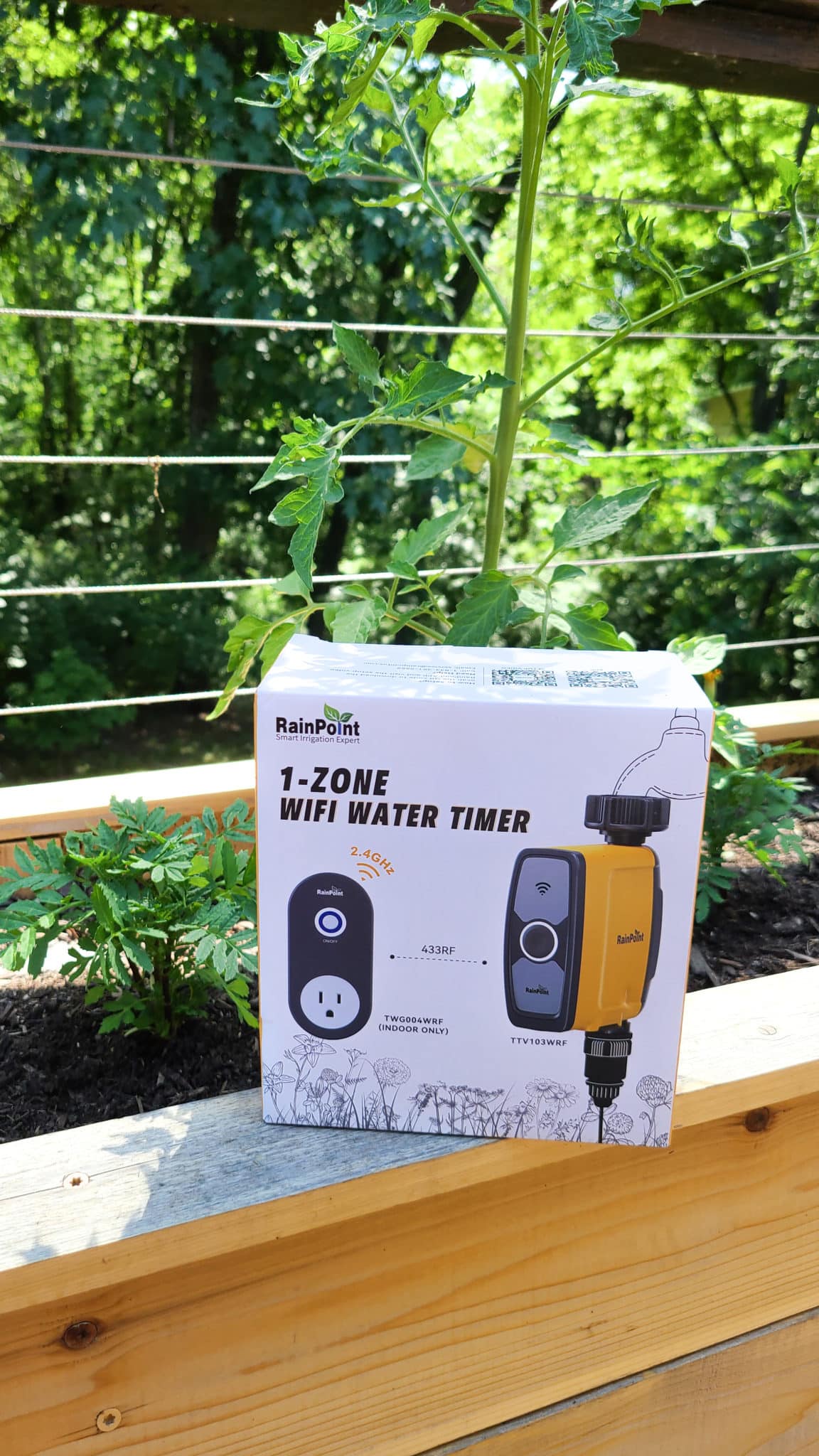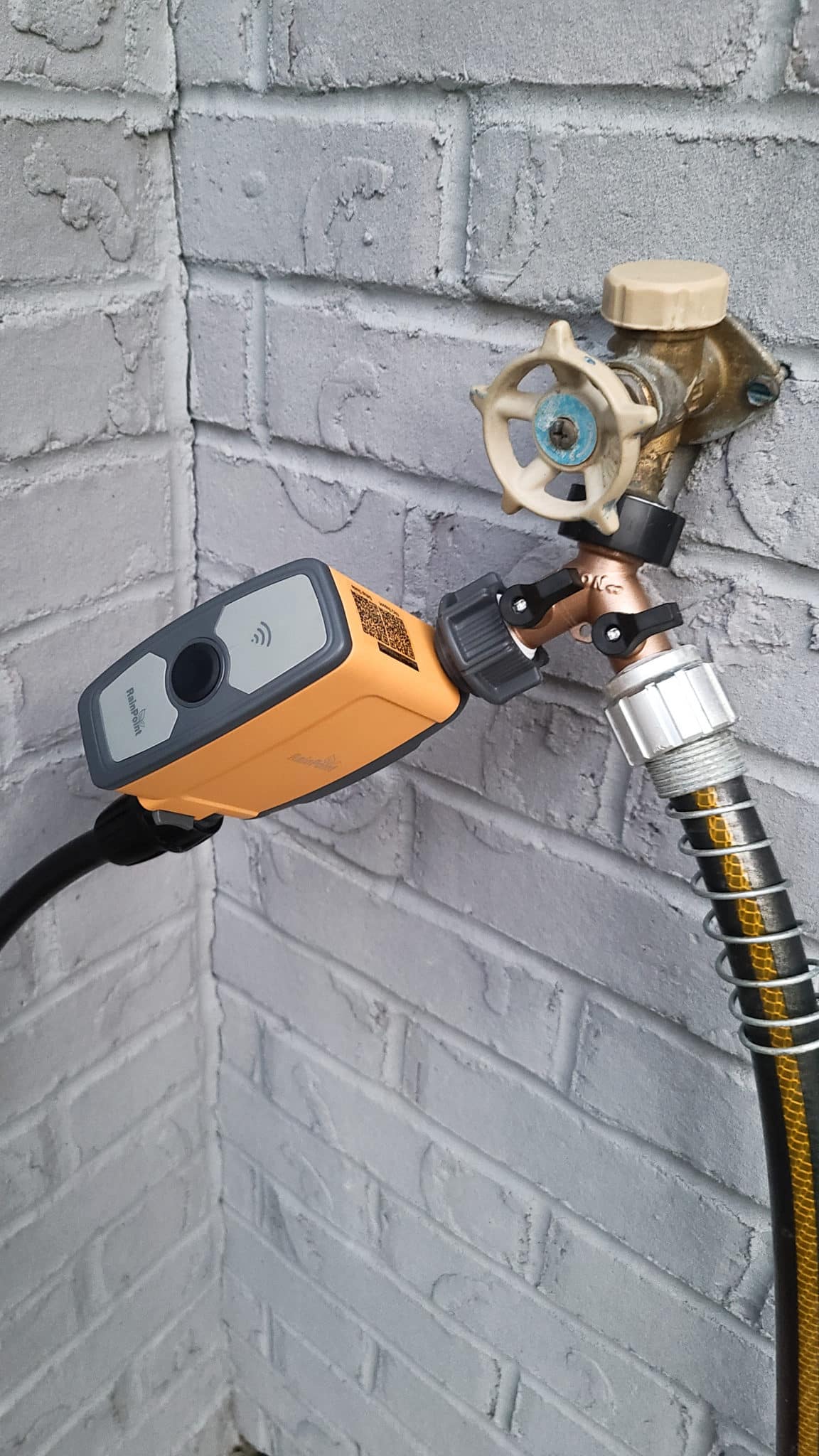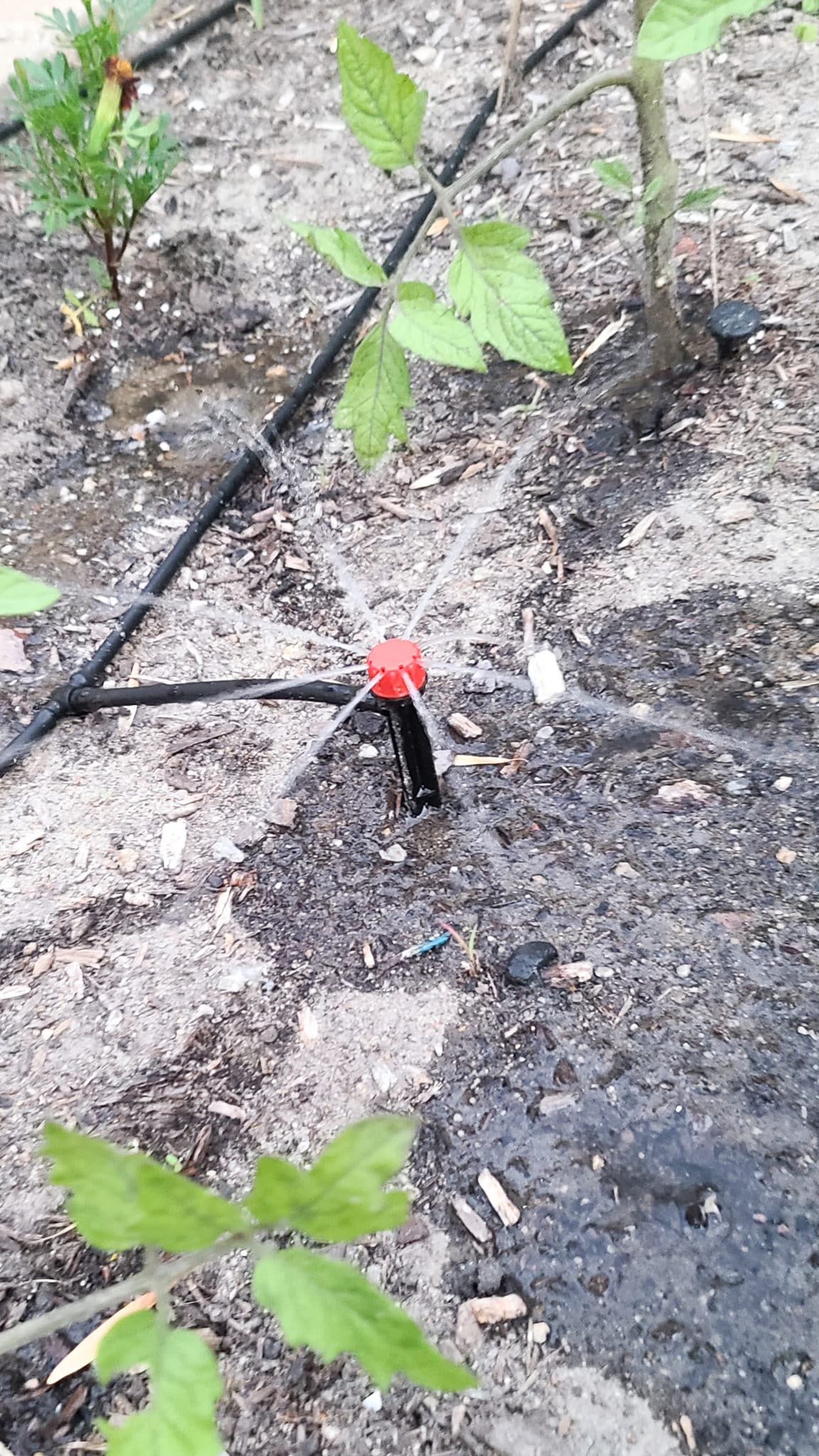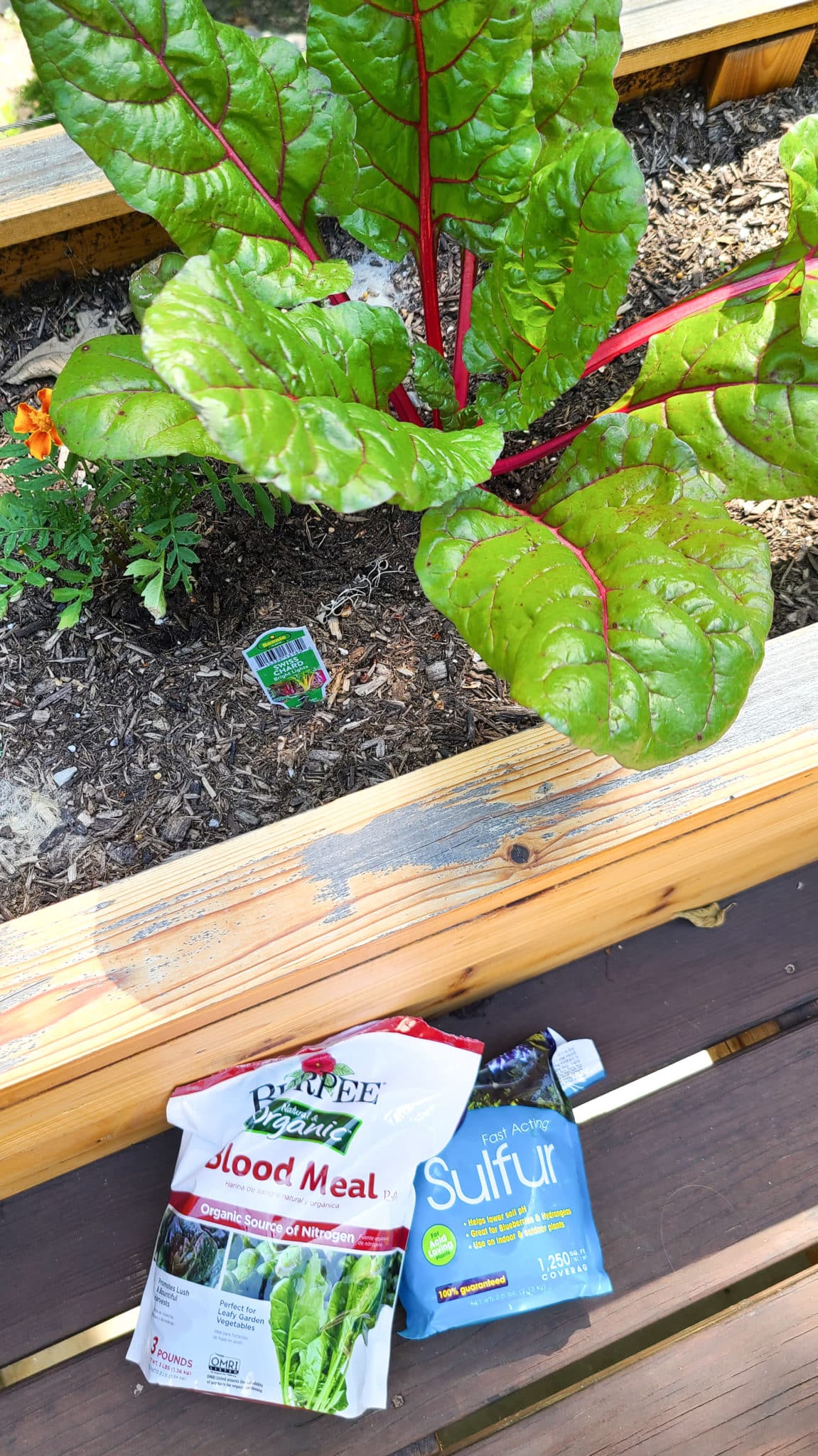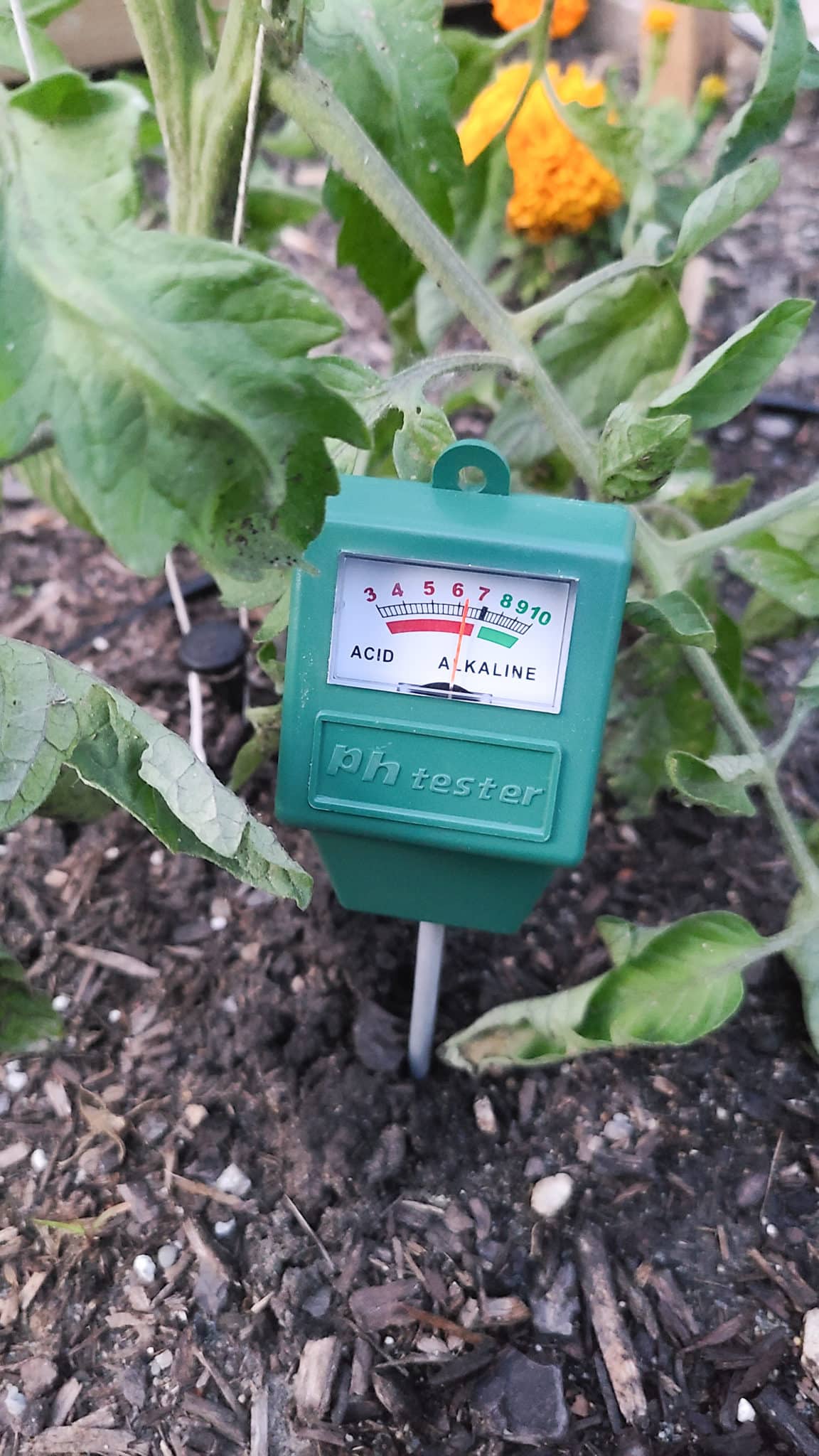7 Beginner Garden Tips & Recommended Tools To Encourage Plant Growth
Just starting out a garden or a newbie at gardening? Maybe even been doing it for a while but want some tips? Check out these 7 beginner garden tips including some recommended tools to help you up your gardening game!

This post may contain affiliate links. Read about our privacy policy.
Gardening has always been in my life in some form, but until know I hadn’t really gotten into vegetable gardening and creating a productive landscape. There is so much beginner gardeners are trying to figure out and learn. I’ve always been one to full on jump in and learn on the fly! My goal is always to share what knowledge I have and what’s worked for us. Obviously, outcomes and results will be widely different for everyone, but I feel I’ve learned some definite tricks and tips that are useful for others.
So here’s some beginner garden tips, tools and materials we’ve found very helpful so far in our new gardening journey.
Beginner Garden Tips – Our Recommendations
Gardening Books
Research and knowledge have been key to my learning to garden. There’s about a million different ways to garden and everyone has their own combination of how they were taught and like to do it. Find your own rhythm and methods of doing it by reading through some helpful gardening books.
Postage Stamp Vegetable Garden by Karen Newcomb has been one of my favorites. It fits the small garden space idea and is more fitting for a wannabe suburban homesteader. I’ve also heard great things about Charles Dowding books.
Additionally, check your local library for the gardening section if you don’t know where to begin and don’t want to spend any money on books yet. Instagram has also been a great resource for me to get quick tidbits from a lot of different people and different ways of gardening.

Marigolds
Plant marigolds in your garden is the number one beginner gardening tip I learned.
- They attract pollinators
- Their scent repels nematodes, slugs, tomato horn worms, and more
- They’re companion plants to beans, potatoes, cabbage, broccoli, squash, and kale. Meaning they help those plants thrive!
- They are super easy to care for by deadheading them to create more continuous blooms all summer.
Remember to keep some of the deadheaded flowers! Let them dry out and store them. They contain seeds you can use for next year. So then hopefully, you don’t need to buy many next year!
Japanese Garden Sickle
My hubby stumbled upon some reviews of this amazing weeding tool, and we were convinced to give it a try. Honestly, this Japanese Weeding Sickle was one of the best tools I’ve used to date. It makes weeding much faster and efficient than hand-weeding!
However, it functions as much more than a weeding sickle. I’ve used it to cut fresh herbs or produce, prune off unwanted tomato plant leaders, cut fresh lettuce leaves and more. The weeding sickle is a pretty all around good tool.
It’s freaking sharp though, so definitely need to be careful with it and be weary of setting it down if you have children around!
Easy DIY Irrigation
We wanted more than a soaker hose, so that we could control where water came out and how much. So instead we used an easy DIY irrigation kit with multiple irrigation head types and plenty of tubing. We installed it easily in one afternoon. Seriously, it was one of the easiest DIY’s we’ve done and frees up so much time!
While the irrigation hooks up to a hose bib and can be run manually, we preferred adding a water timer to our system. You just add it between the house hookup and the irrigation hookup, set up a schedule in the phone app, and then it’ll turn on the water automatically like lawn irrigation sprinklers. Don’t forget a Y connector hose splitter, so you can still hook up a normal hose, if needed!
It’s also great for if you have any longer vacations planned and don’t want your garden to go forever without water.
Tip – Set the irrigation to run in the early morning. This way the water soaks into the soil without evaporating, but any of the water on the leaves can dry out during the day. Leaves that don’t dry out are more prone to fungus and diseases. Always aim to water the soil and roots around the plants not the green leaves above.
Eco-friendly Garden Gloves
I’ve learned that garden gloves are a must sometimes. Most of the time it’s because I am just tired of trying to get the dirt out from under my nails.
Watson gloves has an eco-friendly garden glove collection called Homegrown with gloves made from recycled polyester and water bottles. It helps create demand for products made from recycled materials and keeps plastic out of the landfill!
Neem Oil
Depending on how you garden will depend on how and if you wish to use any fungicides, pesticides, etc and whether they are natural or synthetic products. Personally, we are still trying to figure out what’s working best for us.
However, we’ve found that Neem Oil has worked the best for helping us maintain any pest invasions. It’s derived from the seed of the Neem Tree, so it’s a more natural solution than the chemical pesticides. It’s like an all-purpose type spray that controls plant disease, mites, and insects in all stages of their life cycle. It works by repelling some insects, makes it harder for insects to lay eggs and grow, and kills others more outright. You can find it at home improvement stores like Home Depot or on Amazon.
If you’d rather DIY a spray, try mixing up 1 cup dish soap and 2 cups cooking oil. Then add 1 tablespoon of the mixture to every 1 liter of water in a spray bottle. It seemed to work fairly well for us, too. It works by smothering pests that get sprayed so you have be sure to spray the underside of your leaves and reapply periodically to spray any new pests.
Amendments Are Needed
Good soil is necessary for plants and it is likely that your soil will need amending. This is a fact I learned when studying Landscape Architecture, if you want to have healthy, THRIVING plants. This includes vegetable gardening too. You can test your soil at home to see where it stands with organic matter, pH levels and more using an at home testing kit. It allows you to know exactly what your soil needs to be it’s best for what you are growing.
Even if you have pretty good soil, there are a variety of reasons you need to amend it before and during the growing season. Some plants uptake more nitrogen or phosphorus out of the soil than others meaning it usually needs replacing. Some plants like more acidic soils, while others prefer more basic soils. However, most crops tend to like a range between 6 to 7.5 according to the USDA.
We have a reusable pH meter to help identify if any areas around the plants need amending. There are a ton of soil amendments out there you can get from your local home and garden like Home Depot depending on what you’re trying to do. We have some sulfur soil acidifier for our blueberry and hydrangea shrubs, and blood meal for our leafy greens.
If you’re more of a DIYer, you can amend your soil with ash to make more basic pH levels or use unbrewed coffee grounds to make the soil more acidic. We stored up some ashes from our fires last winter to use.
Beginner Garden Tips Resource List
- Postage Stamp Vegetable Garden by Karen Newcomb
- Hachiemon Japanese Weeding Sickle
- Neem Oil – Home Depot or Amazon
- Watson Recycled Garden Gloves
- MIXC Irrigation Kit
- Rainpoint Water Timer
- Kensizer pH meter and moisture meter set
- Y Connector Hose Splitter
- Sulfur Soil Acidifier
- Blood Meal
Make sure to check out our other tips for sustainable living or DIY projects. Or take a peek at how to design and plan your own terraced vegetable garden!
So there are a couple of things I’ve learned as a beginner gardener and my favorite tools so far. Hope this helps your garden flourish while making your life a little easier too! Leave a comment or suggestion below for more beginner garden tips.


Disclaimer: This post includes affiliate links, and I will earn a commission if you purchase through these links. Please note that I’ve linked to these products purely because I recommend them and they are from companies I trust. There is no additional cost to you.


